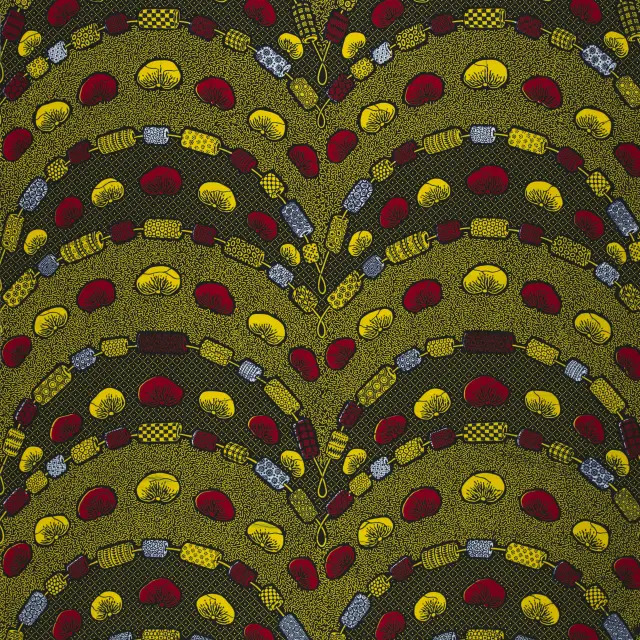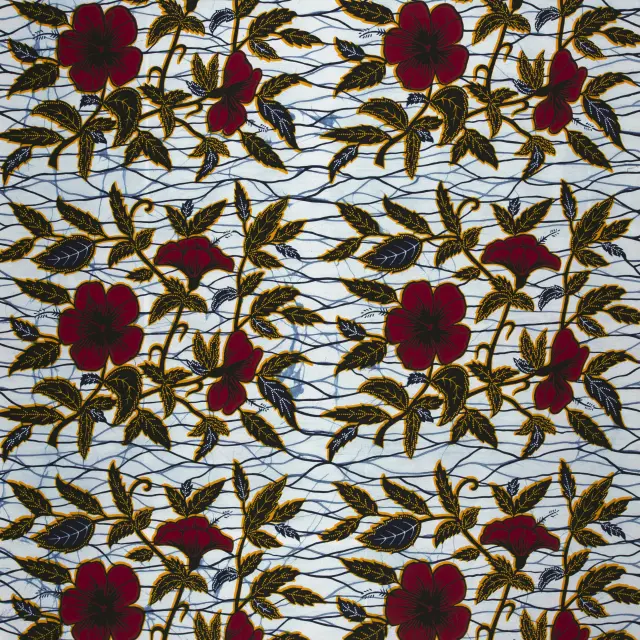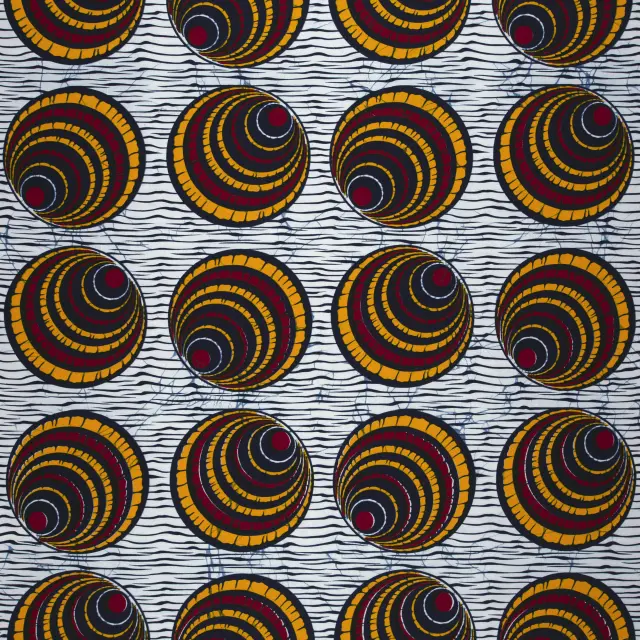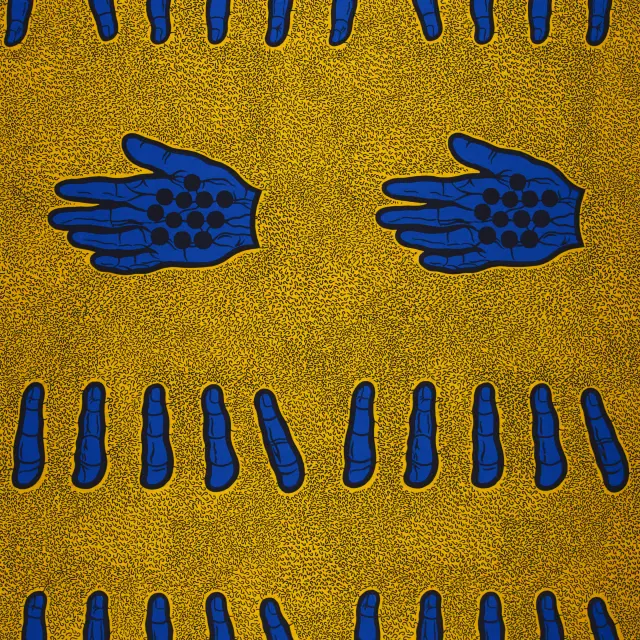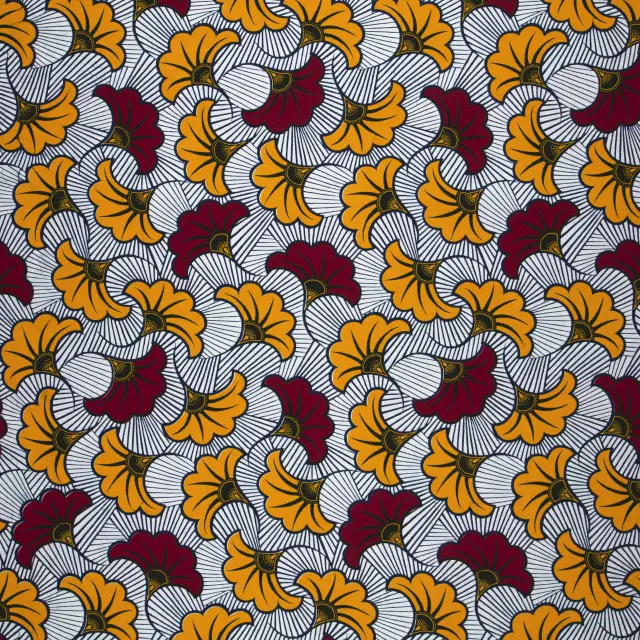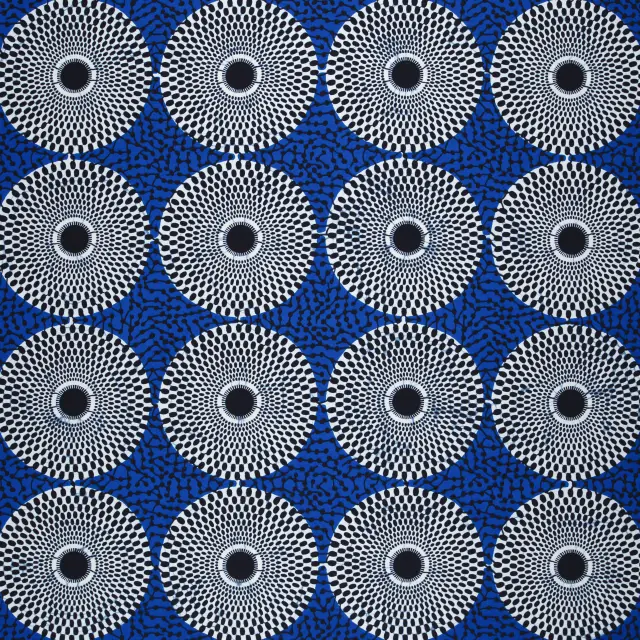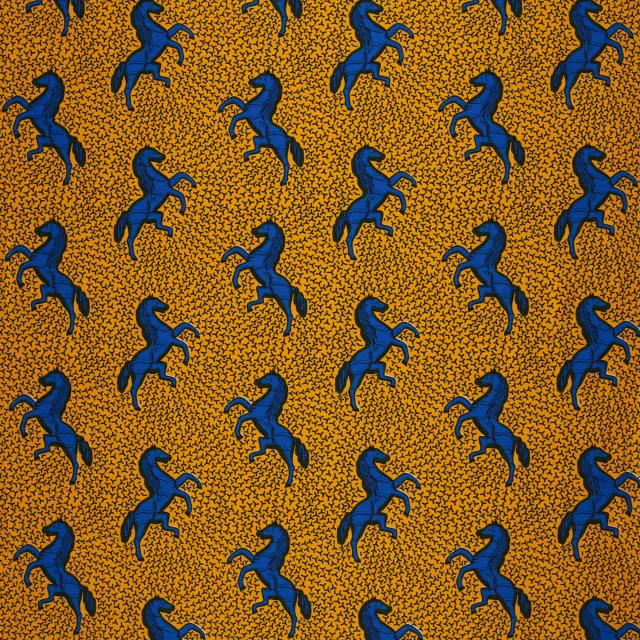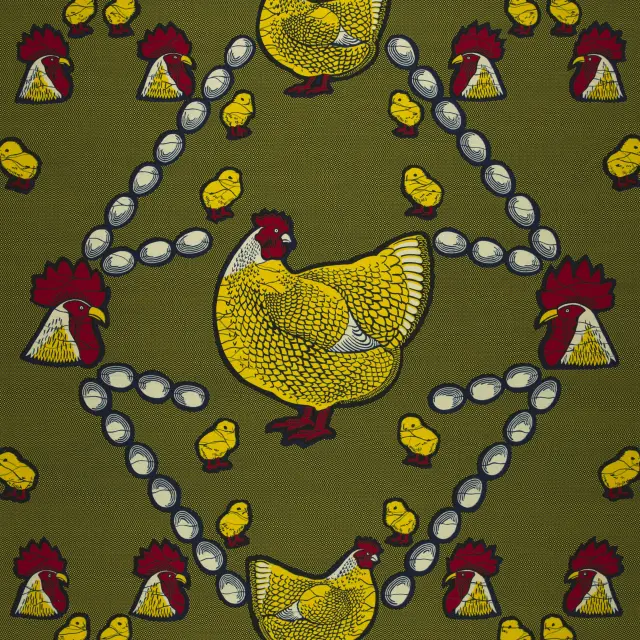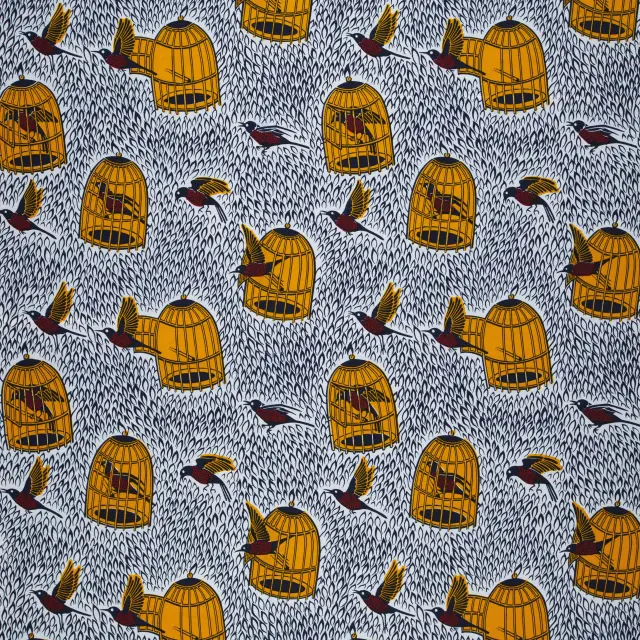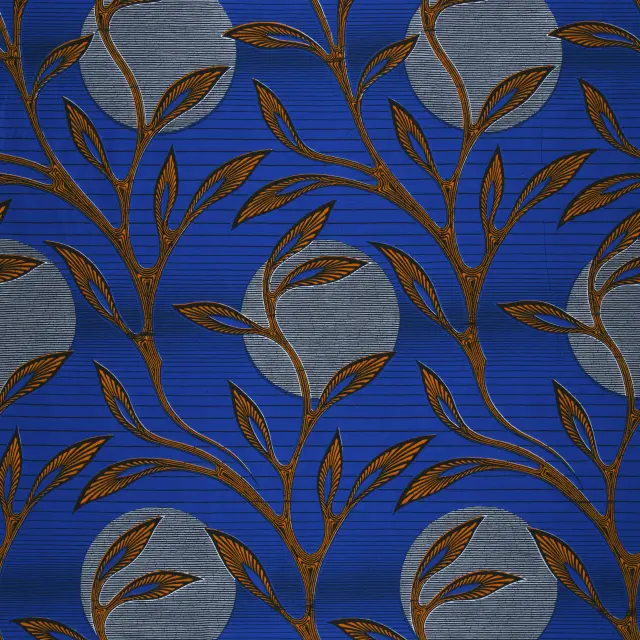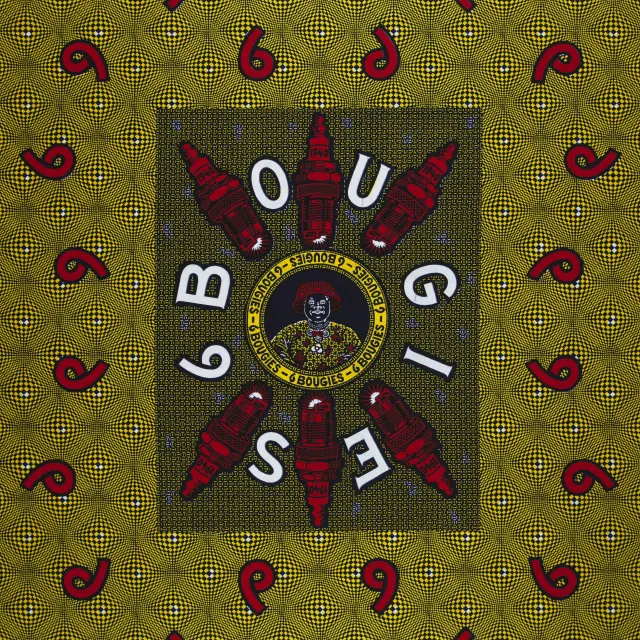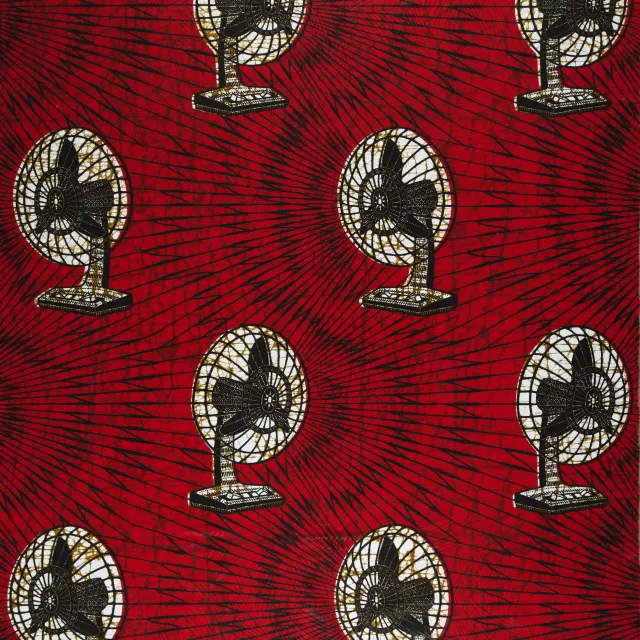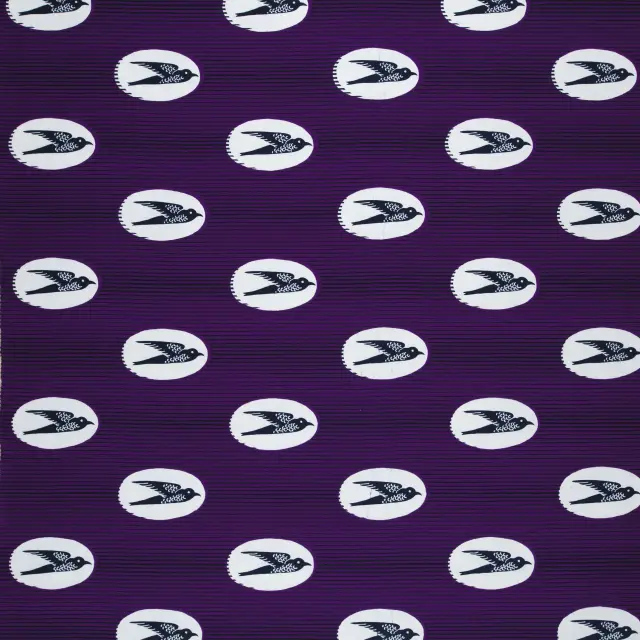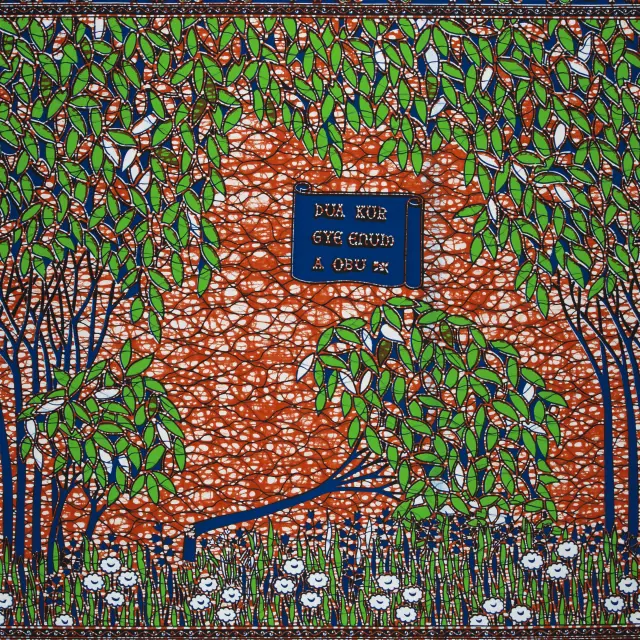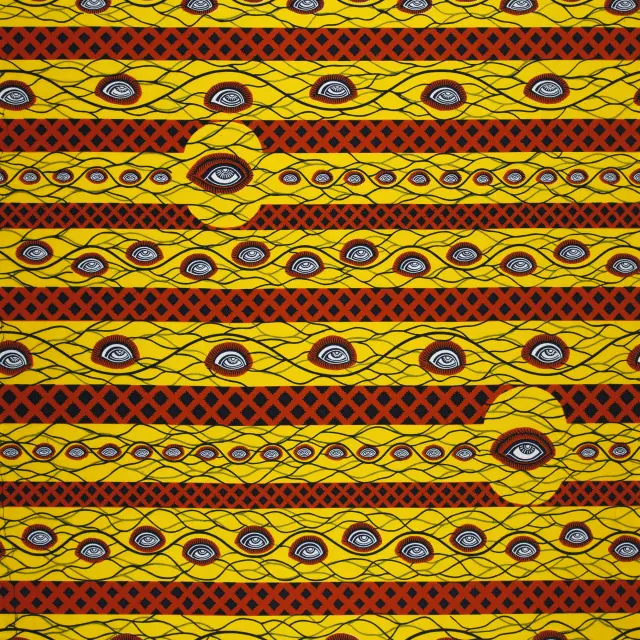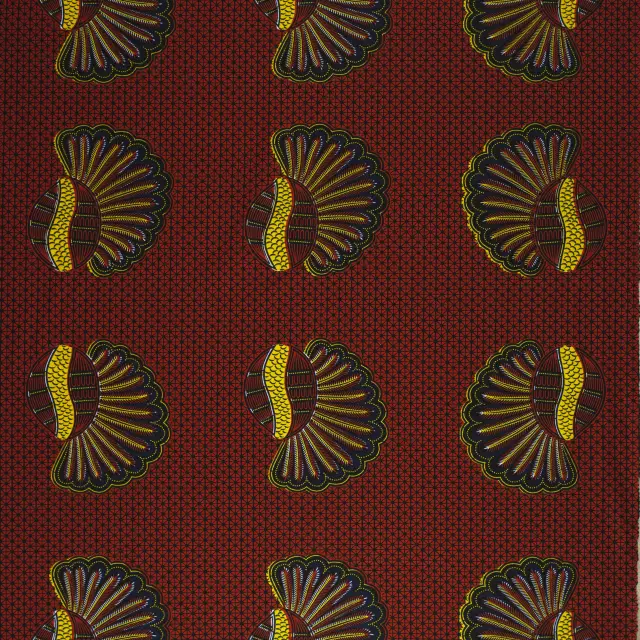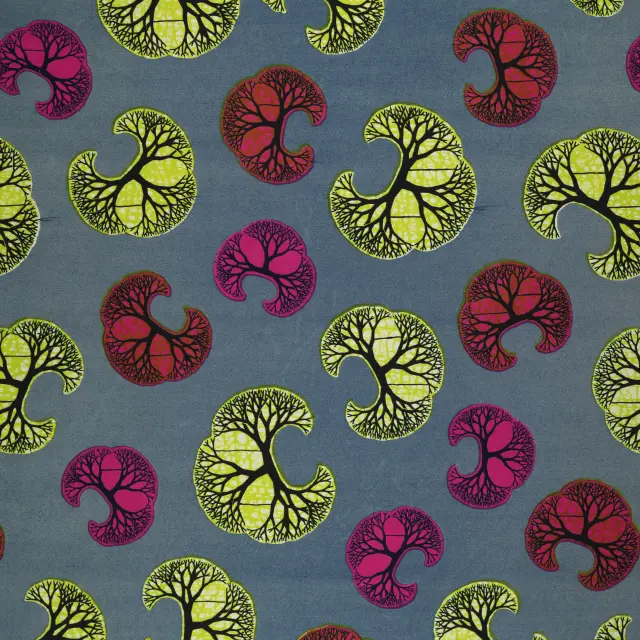We use cookies to make your experience better. To comply with the new e-Privacy directive, we need to ask for your consent to set the cookies. Learn more.
Fabric Stories
Though created in The Netherlands, our designs come to life in Africa where traders and customers name them. As far as we know, Vlisco is the only brand in the world where the customer names the product and gives a special meaning to the design. Vlisco designs speak volumes when stories are attributed to them. Uncover the terms and tales that our fabrics have acquired over the years.
